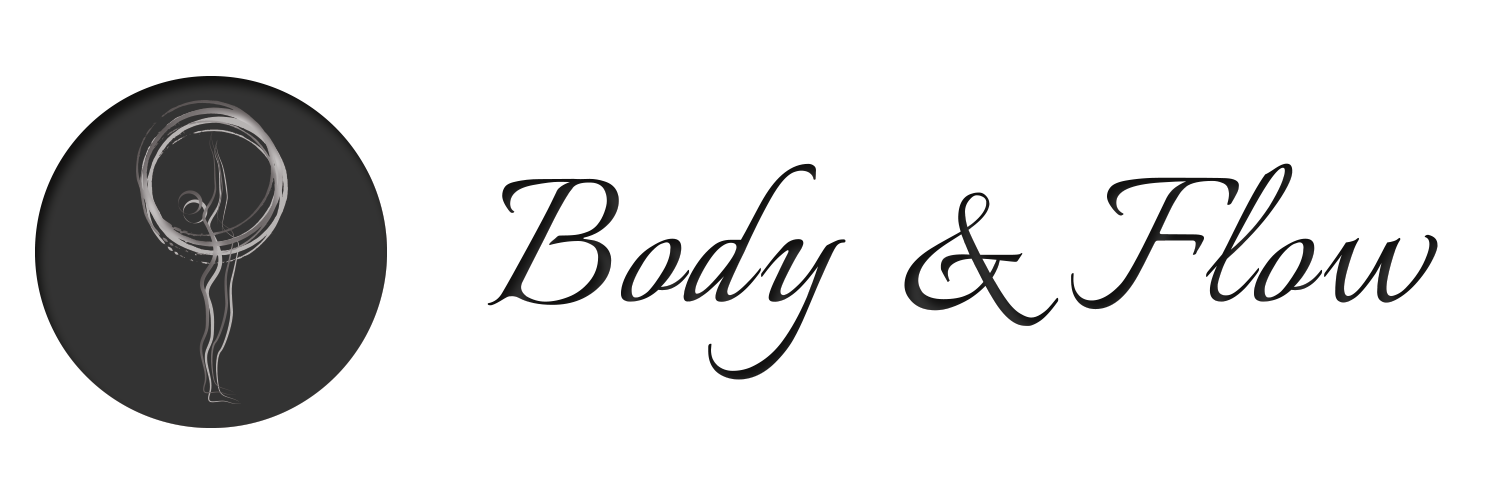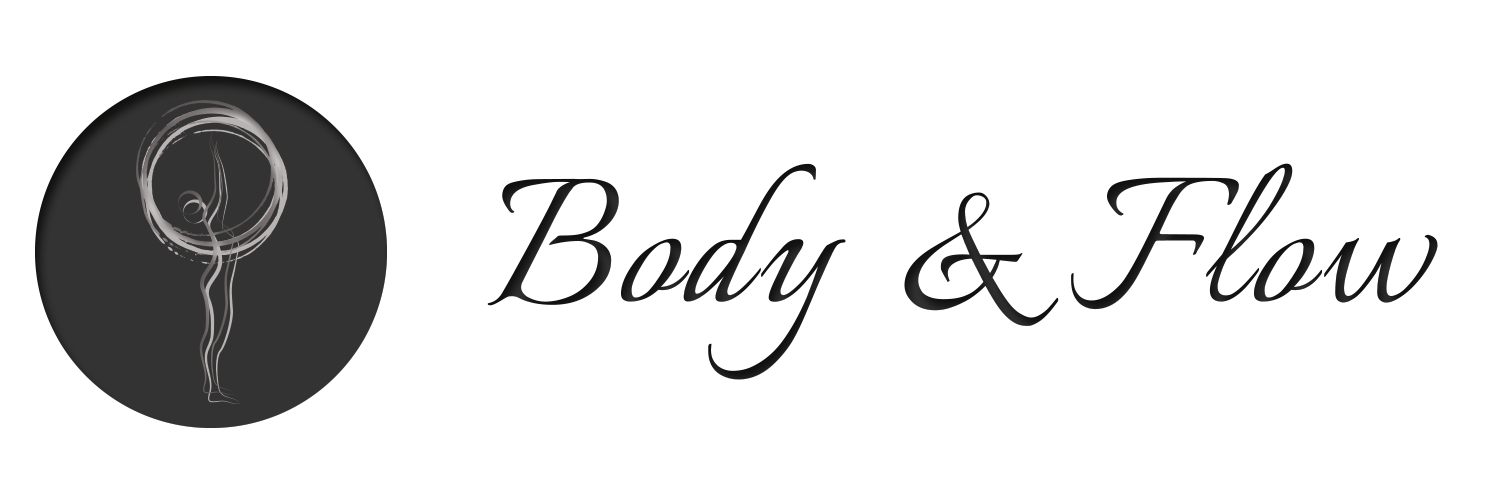Kyphosis
The spine, when viewed from the side, forms an S shape. The cervical and lumbar spines show lordosis curves and the thoracic spine shows kyphosis curve. This combination of forwards and backward curves allows our spine to perform different activities while keeping the spine strong yet flexible and adaptable.
The normal kyphosis range is 20-40 degrees and beyond that the person will have hyper kyphosis. While the last is the full correct name for this condition, the term kyphosis is commonly used to describe the exaggerated curve. (Other names are round back, dowagers hump, hunchback and more).
Symptoms can range from mild, requiring no treatment, to severe symptoms that might be best treated with surgery. A kyphosis person will have a hunched forward appearance, usually most pronounced when viewed from the side, mild to severe back pain, loss of height, difficulty standing straight upright, fatigue and in sever cases difficulties breathing, compression of the lungs and other internal organs.
While there are different causes for kyphosis, postural and lifestyle habits are a fast growing cause. Spending hours slouching in front of the desk and smartphones, lack of exercise and other poor habits will result in abduction of the shoulder blades, forward head, rounded shoulders and depressed heart. It occurs in men and women, young and adults.
If the condition is habitual, the good news is that with few simple exercises (that can even be done while sitting) this condition can be reserved completely.
The general rule is that spinal extension is recommended in this case and spinal flexion should be reduced.
Focus on stretching and opening the chest, strengthening the upper back, adducting the shoulder blades and practice ideal alignment.
Recommended exercises:
Mat: Swimming, Swan Dive, Rocking, Single and Double Leg Kick.
Reformer: Long Box Series, Chest Expansion, Rhomboids, Down Stretch, Arch and Curl.
Cadillac: Chest Expansion, Arms Stretch Back, Baby Swan, Pec Stretch, Soaring Bird, Rhomboids, Arch and Curl.
Sitting exercises:
While sitting, take a short break once in a while to do these simple yet effective exercises. This will improve kyphosis condition and enhance your body awareness:
1. Heart Opener
Interlace the fingers behind the rest of the chair and pull the fingers down and away from the body. This will open the heart center (and will stretch pecs and other tight muscles) and will strengthen the back muscles.
2. Sitting Arch & Curl
Sit with your hands on your thighs. Inhale and arch the back, open the heart center to the sky (while keeping the core connection). Exhale to flex the spine and move to the back of the sitting bones, while opening the back of the spine. Keep moving in between theses two points, gradually increasing the range of motion. (You may skip the curl and only do Arch and then straight back).
3. Sitting Chest Expansion
Sit with arms straight by the sides of the body, palms face back
Reach the arms behind the body and open the chest. Breathe normally.
Prone exercises:
1. Flight
Prone, arms alongside the body, palms facing down, and feet hip width apart. Inhale and stabilize the pelvis while extending the spine off the mat. Exhale to lower it back to starting position. Focus on length rather than height.
2. Sphinx
Prone, forearms on the mat, palms down and parallel to each other. Keep the elbows directly under the shoulders. Inhale and lengthen the spine and as you exhale lift the elbows slightly off the mat.
Keep your core engaged and focus on lengthening the spine. Sphinx position is recommended for office workers spend 15-20 minutes a day in this position.
3. Superman
Prone, arms alongside the ears, palms facing down, legs straight and hip width apart. As you inhale lift arms, head and legs off the floor all at the same time. Stay for a few breaths. Make sure your shoulders are relaxed and your head is aligned with the rest of the spine. You may modify by lifting one or two body parts at a time.
[border ]
[notice ]By Or-yah Avni[/notice]





